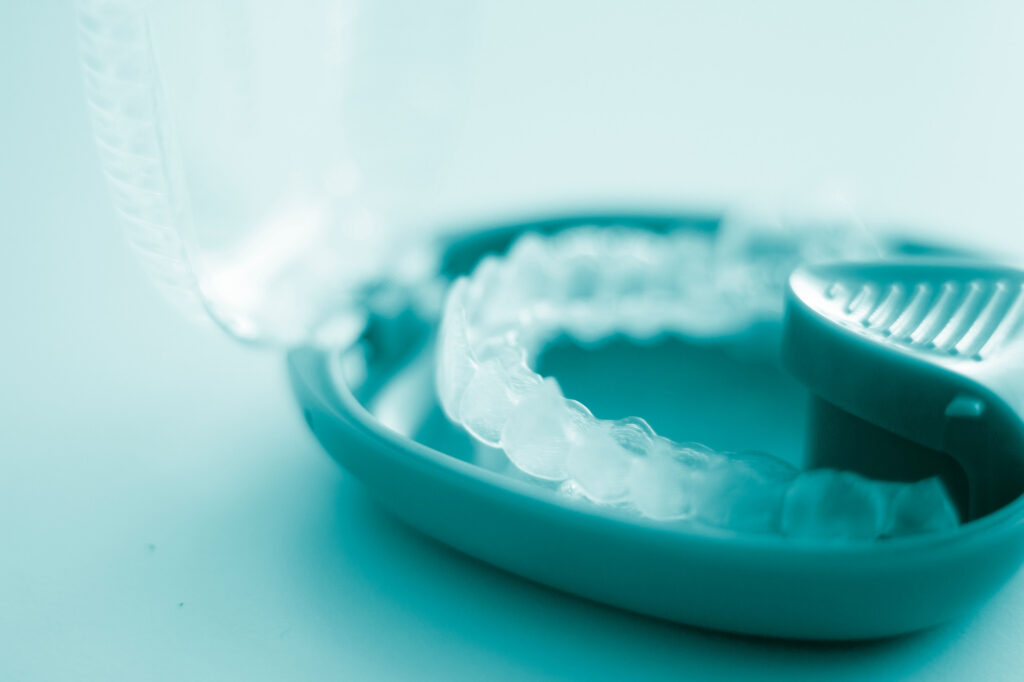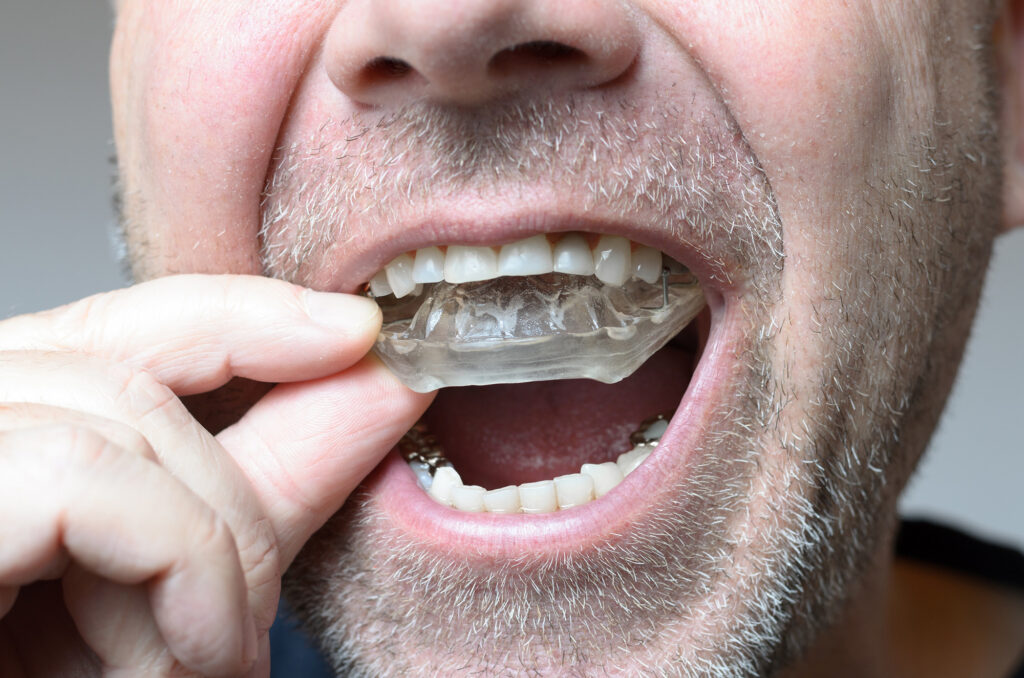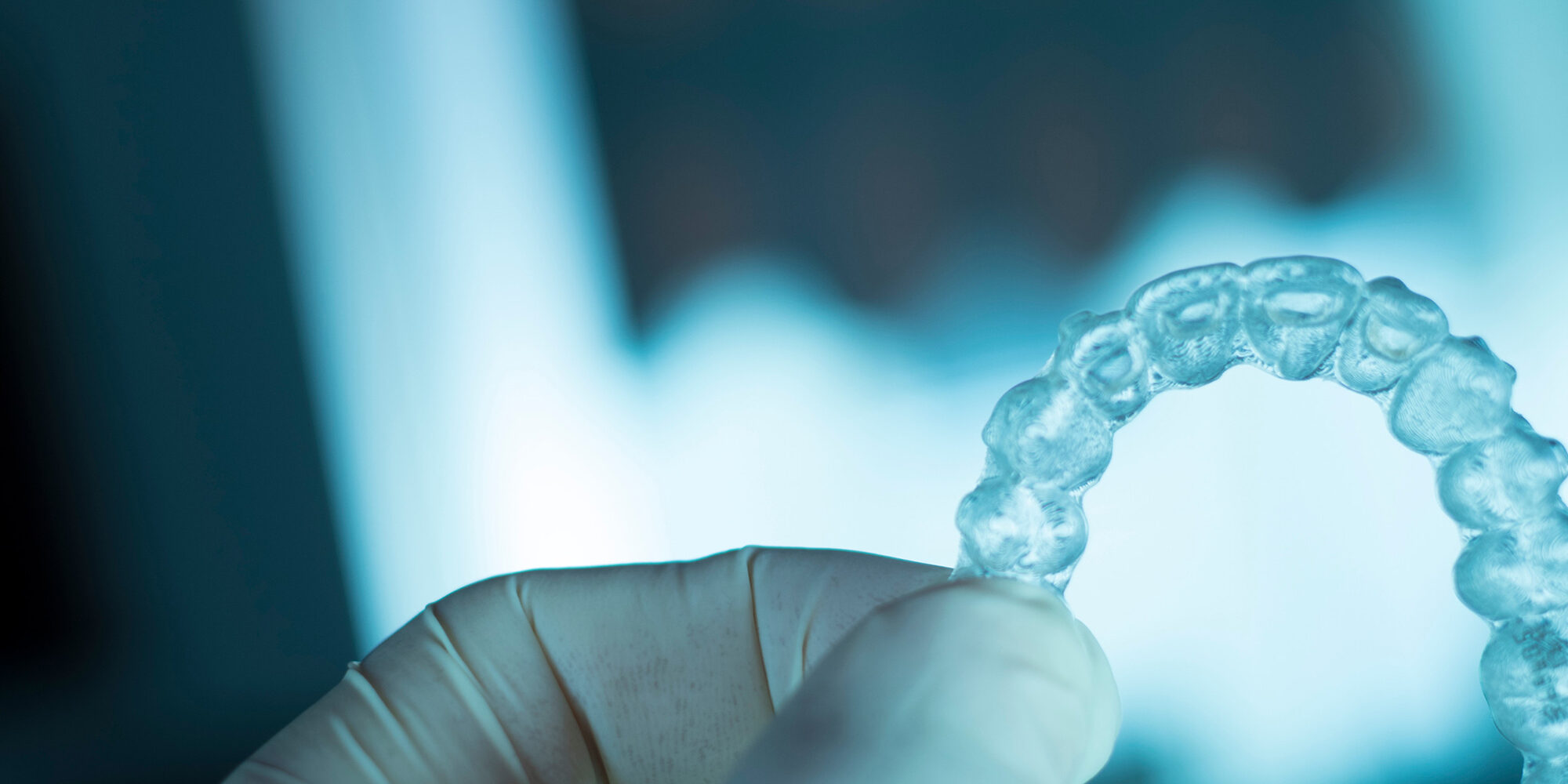Obstructive Sleep Apnea (OSA) affects millions of people, often times without them even knowing it. Approximately 30 million Americans are estimated to have OSA but only about 6 million are diagnosed. This means that a large number of people are undiagnosed. OSA is characterized by repeated interruptions in breathing during sleep. This can lead to serious health risks, including high blood pressure, heart disease, stroke, diabetes, cognitive impairment, if left untreated.
Fortunately, there are highly effective treatments available. The gold standard is Continuous Positive Airway Pressure (CPAP) therapy, followed by Oral Appliance Therapy (OAT). Understanding the differences between these options is essential for finding the right solution for your health, lifestyle, and comfort.
What is CPAP Therapy?
CPAP therapy has been the gold standard for treating moderate to severe OSA for decades. A CPAP device delivers a continuous stream of air through a mask, which keeps your airway open during sleep. This prevents the airway from collapsing, thereby preventing apneic events.
Benefits of CPAP:
- Highly effective at reducing apneas and improving oxygenation.
- Improves daytime sleepiness, blood pressure control, and overall heart health.
- Customizable: Modern machines are quieter, smaller, and offer comfort features like heated humidification, expiratory pressure relief, and ramp settings.
Challenges with CPAP:
- Some patients struggle with mask discomfort, especially when they first start PAP Therapy.
- Noise, dry mouth, or skin irritation can occur.
- Traveling with CPAP equipment can be difficult.
Adherence is critical; studies show that patients who use their CPAP consistently experience significant improvements in sleep quality and overall health outcomes (Weaver & Grunstein, 2008).
What is Oral Appliance Therapy?
Oral Appliance Therapy offers an alternative, especially for patients with mild to moderate OSA or those intolerant to CPAP. These custom-fitted devices, prescribed by trained dentists, reposition the lower jaw and tongue to help keep the airway open during sleep.
Benefits of Oral Appliance Therapy:
- Reduced Snoring: Oral appliance therapy can help prevent airway collapse, which is a root cause of snoring.
- Portable and silent: Oral appliances are small, portable, and easier to travel with than a PAP device.
- Non-Invasive: An oral appliance is noninvasive. A mask or machine is not required to open the airway.
Challenges with Oral Appliance Therapy:
- Less effective than CPAP for patients with moderate to severe OSA.
- Possible side effects include jaw discomfort, tooth movement, or bite changes over long-term use.
- Requires regular follow-up to ensure effectiveness and device adjustment.
According to the American Academy of Sleep Medicine (AASM), Oral Appliance Therapy is an effective first-line treatment for patients with mild to moderate OSA who prefer it over CPAP or cannot tolerate CPAP therapy (AASM Clinical Practice Guideline, 2015).


Choosing the Right Treatment
When deciding between CPAP and Oral Appliance Therapy, several factors come into play:
- Severity of OSA: CPAP is typically recommended for moderate to severe cases, while oral appliances are often effective for mild to moderate OSA.
- Patient Preference and Lifestyle: Some patients prioritize portability and comfort, making oral appliances appealing. Others may find CPAP acceptable if it significantly improves their symptoms.
- Anatomy and Medical Conditions: Certain anatomical features (like a very narrow airway) may respond better to CPAP.
- Adherence Likelihood: The best treatment is the one the patient will actually use consistently.
It’s important to undergo a full evaluation by a sleep specialist, and if oral therapy is considered, to work with a dentist specially trained in dental sleep medicine. In some cases, a combination of both CPAP and Oral Appliance Therapy may offer the best results — for example, lowering CPAP pressures with an oral device in place.
Conclusion
Both CPAP and Oral Appliance Therapy are valuable tools in treating Obstructive Sleep Apnea. No one treatment fits every patient. The key is to work closely with your healthcare team to find the option that aligns best with your needs and lifestyle.
If you suspect you have OSA or have struggled with your current therapy, don’t wait — effective treatment is available, and restful sleep can change your life.
References:
- Weaver, T.E., & Grunstein, R.R. (2008). Adherence to Continuous Positive Airway Pressure Therapy: The Challenge to Effective Treatment. Proceedings of the American Thoracic Society, 5(2), 173–178. doi:10.1513/pats.200708-119MG
- Ramar, K., Dort, L.C., et al. (2015). Clinical Practice Guideline for the Treatment of Obstructive Sleep Apnea and Snoring with Oral Appliance Therapy: An Update for 2015. Journal of Clinical Sleep Medicine, 11(7), 773–827. doi:10.5664/jcsm.4858
- American Medical Association. (2023). What doctors wish patients knew about sleep apnea. Retrieved from https://www.ama-assn.org/delivering-care/public-health/what-doctors-wish-patients-knew-about-sleep-apnea#








